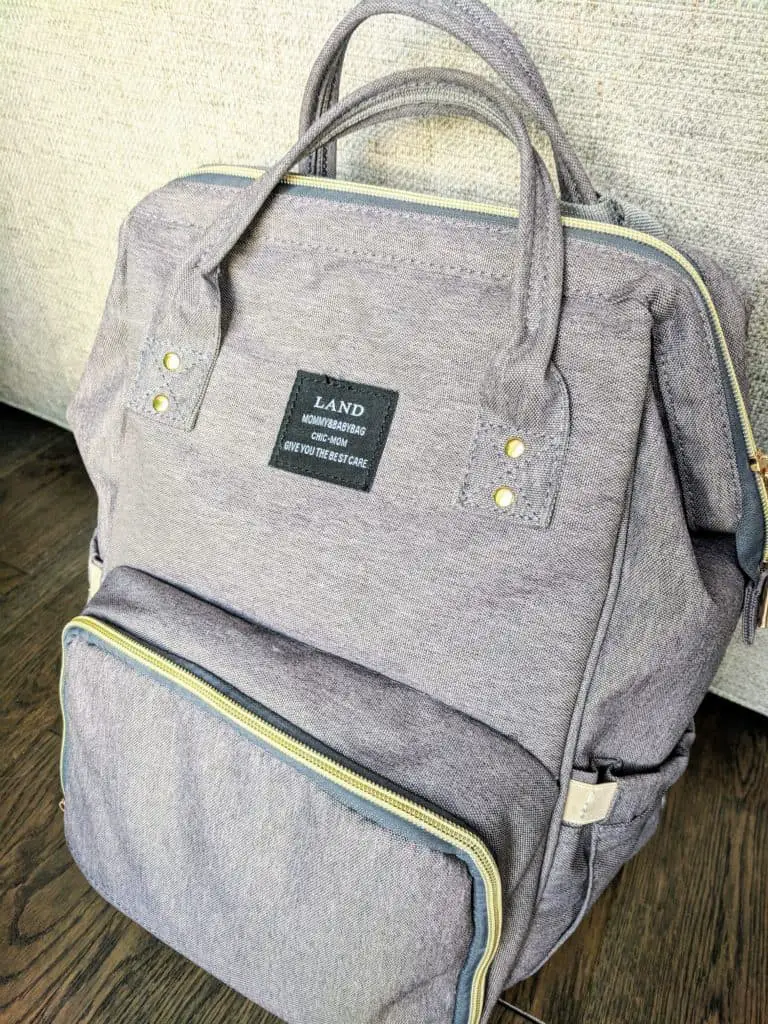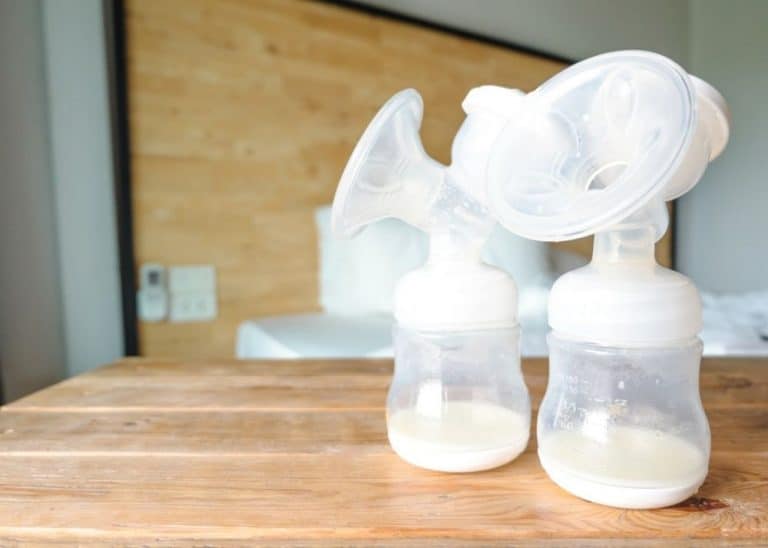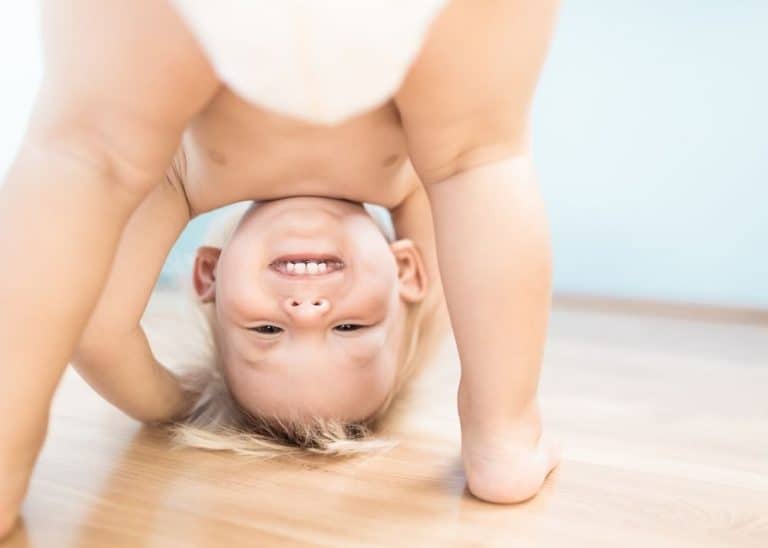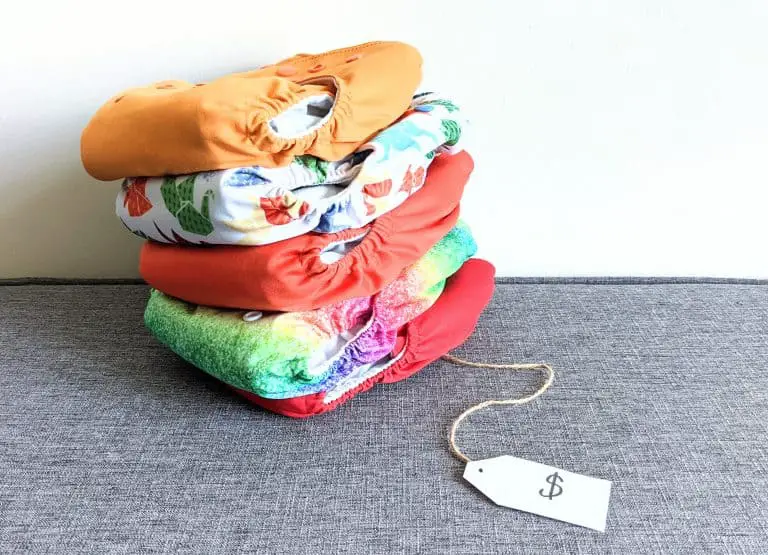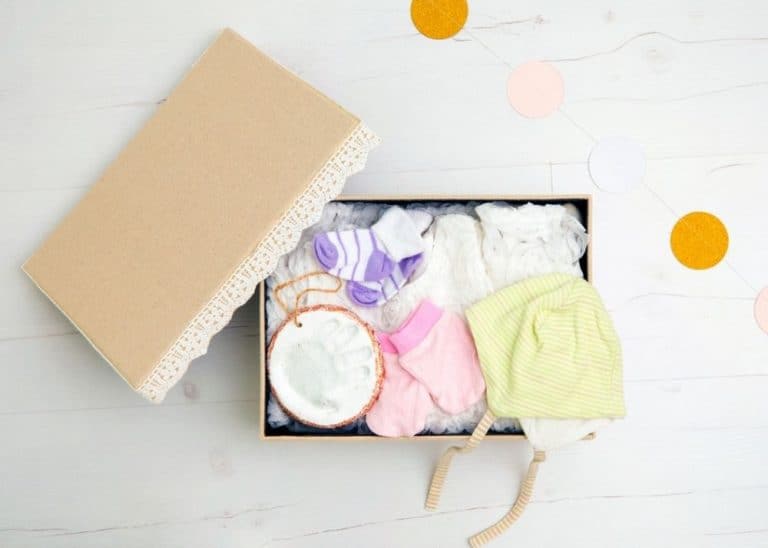How Long Should Newborns Wear Mittens? When to Stop
As a first-time parent, the tiniest decisions can feel surprisingly big — like whether your newborn really needs those soft little mittens everyone keeps gifting you.
I remember standing in the nursery at 3 a.m., fumbling to keep mittens on my baby’s wiggly hands and wondering… am I doing this right?
Here’s the truth: mittens can help protect your newborn’s delicate skin — but only for a short time.
In this guide, I’ll walk you through when mittens are helpful, why they matter (and when they don’t), and what to do instead as your baby starts discovering the world with their hands. If you’re feeling unsure, you’re not alone — and you’re absolutely in the right place.
This post contains affiliate links, which means I receive a small commission, at no extra cost to you, if you make a purchase using this link. Please see my disclosure for more details.
Why Do Newborns Need Mittens?
I’ll never forget the first time I saw my baby’s tiny fingernails — they looked harmless, but within hours of being home, she had already scratched her face. That’s when I reached for the mittens.
Mittens aren’t just cute (though yes, they are adorable). In the early days, they serve a few important purposes:
- Scratch Protection: Newborn nails grow fast and can be razor-sharp. Since babies don’t have the motor control to avoid their own faces, mittens can prevent accidental scratches.
- Warmth: Your baby’s circulation is still adjusting after birth, and their hands are often cold. Soft mittens help keep baby’s hands warm — especially in cooler climates or air-conditioned homes.
- Trimming Delay: If the idea of trimming tiny nails makes your stomach flip, mittens buy you time. I waited until week two before I braved baby nail clippers.
That said, not every parent uses them — and that’s okay too. Some find it easier to keep up with frequent nail trims or use baby nail files instead.
The key is choosing what works best for you and your baby in those first fragile weeks.
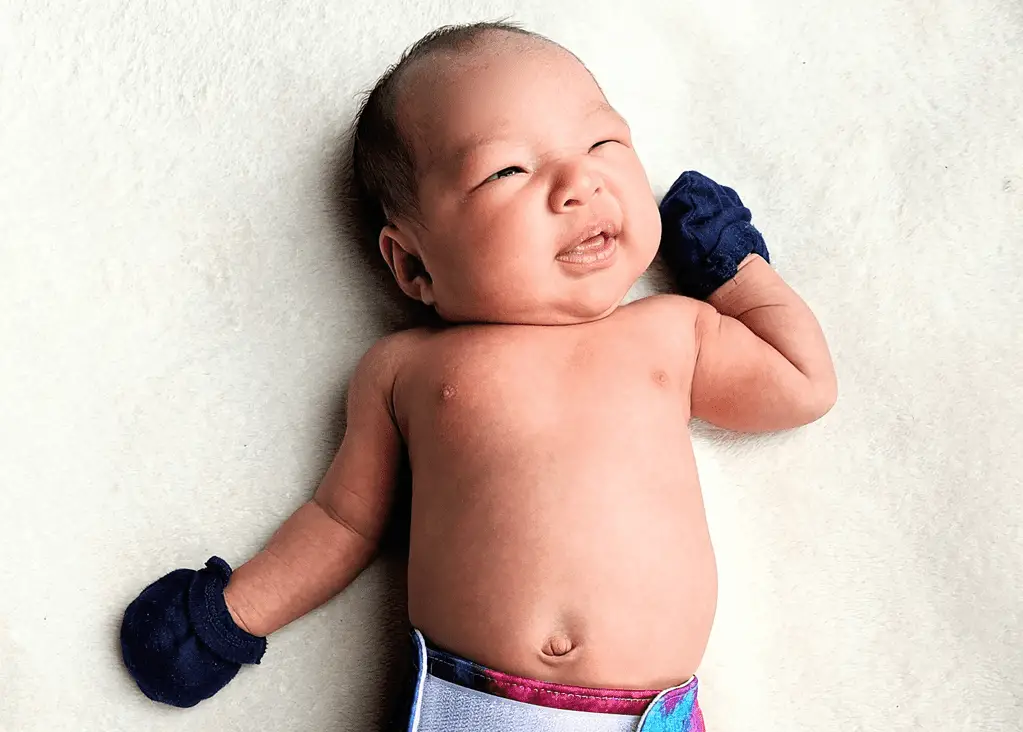
How to Choose the Right Mittens for Your Newborn
When I first packed my hospital bag, I tossed in whatever mittens I found on sale. What I didn’t realize? Half of them slipped right off the moment I put them on — and the other half were too tight.
Here’s what I wish I knew when choosing mittens for my baby:
- Fit Matters: Mittens should be snug around the wrist without leaving marks. Too loose and they’ll fall off in minutes (usually somewhere between the car seat and laundry pile).
- Breathable Materials: Look for soft, breathable fabrics like 100% cotton. Babies have sensitive skin, and mittens made from synthetic or scratchy material can irritate them quickly.
- Secure Closures: Elastic bands work well, but if your baby is an escape artist, consider mittens with soft Velcro or gentle snaps. They stay on better, especially during naps or stroller walks.
Pro tip? Get a few different types and test what actually works for your baby. I ended up loving one particular brand with adjustable wrists — they stayed put and didn’t leave red marks.
My Favorite Mittens
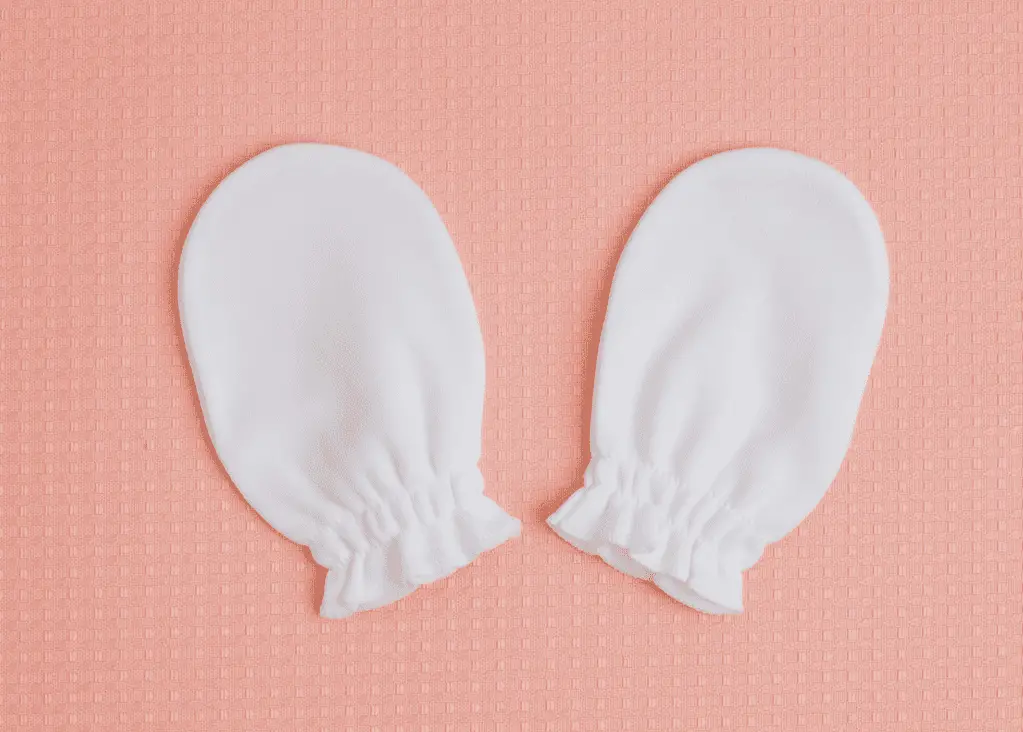
Do Mittens Interfere with Baby Development?
I remember reading a baby forum at 3 a.m., panicking because someone said mittens would “delay development.” Suddenly, I was convinced I was ruining my daughter’s future piano career just by keeping her hands warm.
Let me reassure you: a few weeks of wearing mittens won’t hinder your baby’s development. That said, it’s important to start giving them mitt-free time once you feel comfortable — especially when they’re awake and supervised.
Here’s why hands matter so much:
- Sensory Exploration: Babies learn by touching. Feeling your skin during feedings or grasping a toy helps them understand the world around them.
- Motor Skill Practice: Letting babies use their fingers helps strengthen the muscles they’ll eventually use for holding bottles, toys, and later — crawling and feeding themselves.
- Bonding: Skin-to-skin contact (yes, even little hands on your chest or face) helps with emotional development and regulation.
A good rule of thumb: use mittens when necessary (scratching, cold), but aim for plenty of mitt-free moments during the day. Tummy time, feedings, and cuddles are all great chances for free fingers to roam.
How long should newborns wear mittens?
If you’re like me, you probably kept asking: “But when do I actually stop using these?” — especially once you noticed your baby starting to open their hands more during tummy time or swatting at your face during feeds.
Most newborns only need mittens for the first 2 to 4 weeks. This is the stage where their nail control is limited, and accidental face scratches are common.
After that, it’s time to ease off:
- Start with supervised mitt-free time during feedings, playtime, and tummy time.
- If your baby is still scratching themselves a lot, it’s okay to use mittens selectively — but try to balance it with open-hand time.
- By the end of the first month, most babies don’t need mittens at all.
There’s no exact rule — and that’s okay. Trust your instincts, observe your baby’s behavior, and do what feels safe and comfortable for both of you.
I found that by week 3, my son and daughter started reaching for things and I didn’t want her missing that window to explore. We trimmed her nails every few days, and the mittens became a backup instead of a must-have.
Remember, you’re not just keeping them safe — you’re also helping them grow.
Our Favorite Baby Nail Care Products
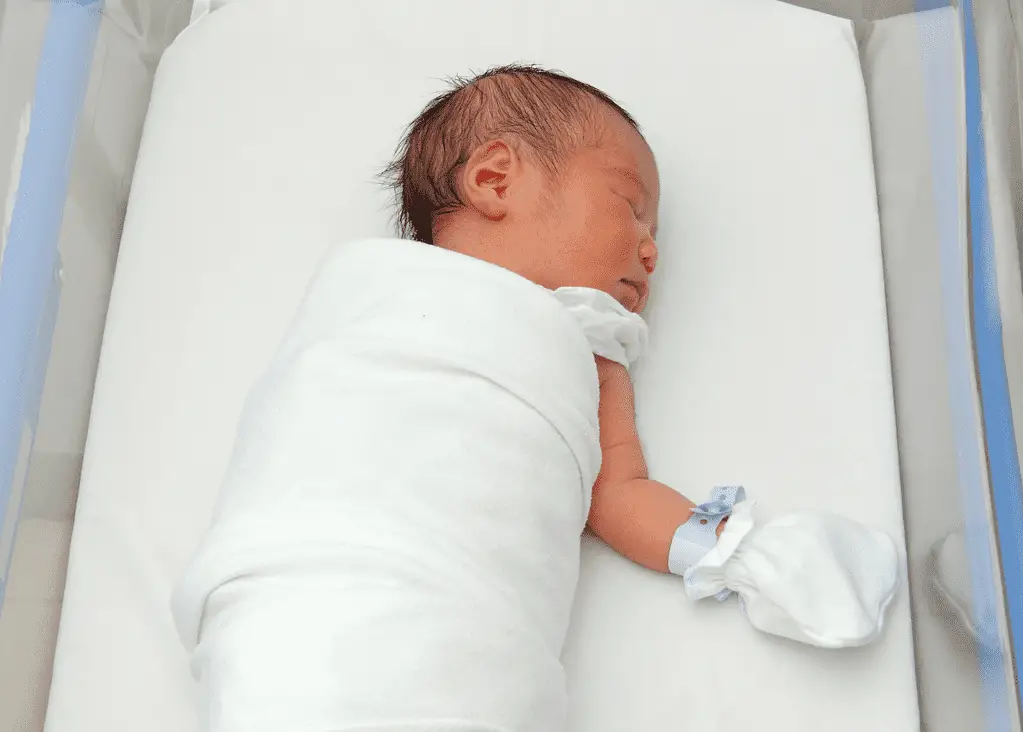
There is no hard and fast rule for how long newborns should wear mittens. But, most experts recommend that mittens be used for hte first month after birth.
FAQs about Newborn Mittens
So… Should You Keep Using Baby Mittens?
Mittens can be a real lifesaver in those fragile first weeks — especially when tiny nails turn into tiny weapons. But they’re not a long-term must-have. As your baby grows, so does their need to explore the world with their hands.
If your little one is past the 1-month mark, it’s a great time to start leaving those fingers free during feedings, playtime, and cuddles. You’ll love watching them discover textures, grasp toys, and even reach for your face with intention.
Still unsure? You’re doing great. Seriously. There’s no perfect timeline — just the one that works for your baby, your comfort level, and your sleep-deprived sanity.
Check out these other articles on newborns!









